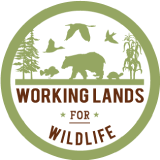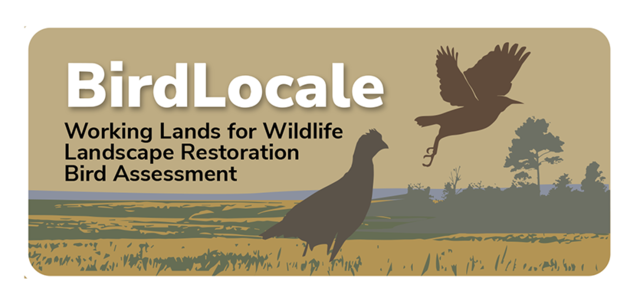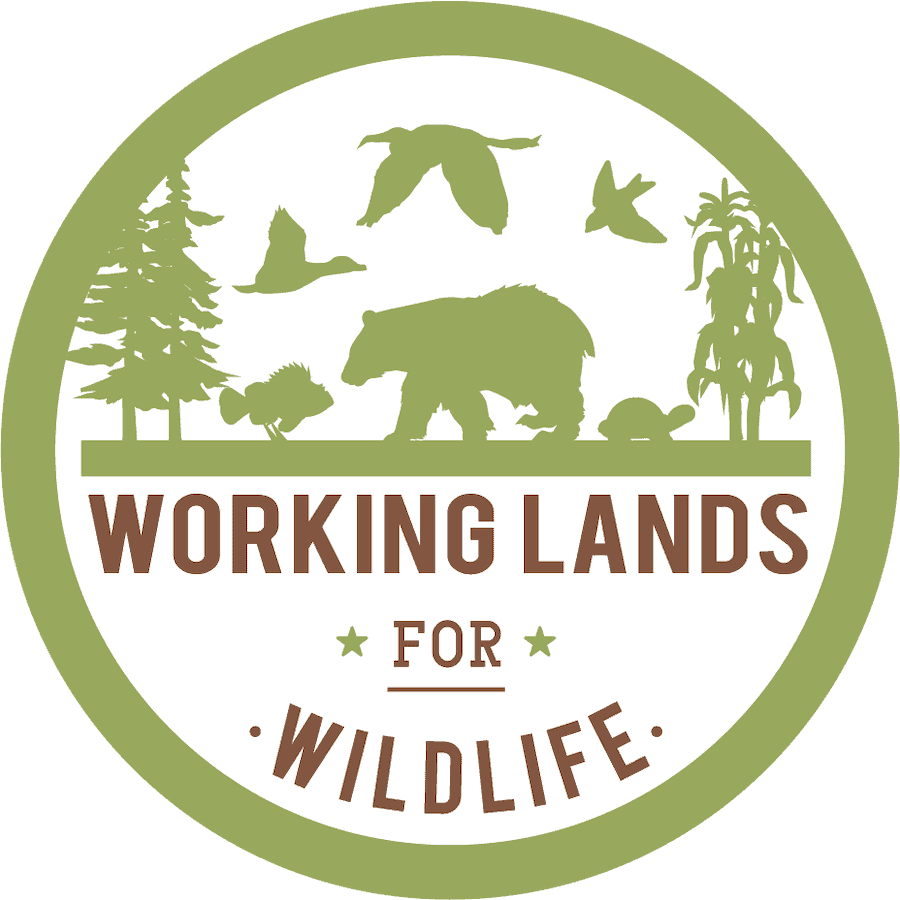-
 Overwintering behavior reduces mortality for a terrestrial turtle in forests managed with prescribed fire
Overwintering behavior reduces mortality for a terrestrial turtle in forests managed with prescribed fire
-
by
Rhishja Cota
—
published
Nov 08, 2022
—
filed under:
Turtle,
Wildlife,
Eastern Box Turtle,
Reptile,
Product,
Brumation,
Prescribed Burn,
Forests,
Wildland Fire,
Research,
Longleaf Pine
Using radiotelemetry, we studied overwintering behavior and interactions with fire in a forest-dwelling terrestrial turtle, the Eastern Box Turtle (Terrapene carolina carolina), over an eight-year period at two sites that use prescribed fire in forest management.
Located in
Resources
/
Research
/
Products
-
 Northern Bobwhite in Working Grasslands
Northern Bobwhite in Working Grasslands
-
by
Web Editor
—
published
Oct 10, 2019
—
last modified
Apr 21, 2023 12:06 AM
—
filed under:
Information,
Wildlife,
WLFW,
Habitat,
Soil,
Conservation Practices,
Northern Bobwhite Quail,
Conservation Practice,
Water,
Cattle,
Grasslands and Savannas,
Native Grasslands,
NRCS Conservation Practices & Materials,
Working Lands for Wildlife
The northern bobwhite is often referred to and "edge" species, seeking habitat where crop fields intersect with woodlands, pastures, and old fields. The desired outcomes of project practices is 1) improved cattle production for grazing operations, 2) restore native grasses to the agricultural landscape, and 3) improve soil health, water quality, and wildlife habitat on farms.
Located in
Information
/
NRCS Conservation Practices & Materials
/
Conservation Practices
-
 Effects of Habitat Alterations on Bog Turtles (Glyptemys muhlenbergii): A Comparison of Two Populations
Effects of Habitat Alterations on Bog Turtles (Glyptemys muhlenbergii): A Comparison of Two Populations
-
by
Rhishja Cota
—
published
Nov 08, 2022
—
last modified
Jul 24, 2023 11:29 AM
—
filed under:
Reptile,
Additional Resources,
Bog Turtle,
Habitat Restoration,
Endangered Species,
Habitat Management,
Product,
Research,
Peer-reviewed Science,
Wildlife,
Aquatics,
Invasive Species,
Bog Turtle Additional Resources,
Resources
This study compared Bog Turtle population demography and habitat use from 1994 to 2009 at two sites in Massachusetts, USA: one site was managed for nonnative invasive species and natural succession (Site 1), and the other site was flooded from American Beaver (Castor canadensis) activity resulting in an expansion of nonnative invasive plants (Site 2).
Located in
Information Materials
/
Research
/
Peer-reviewed Science


